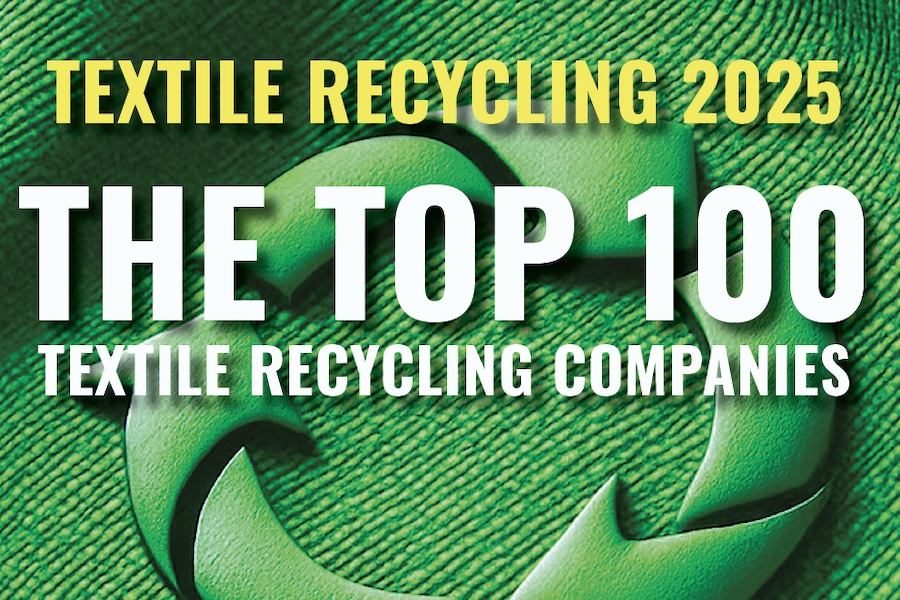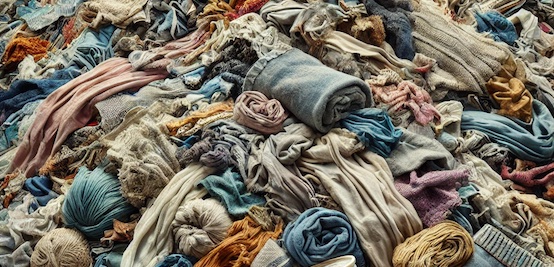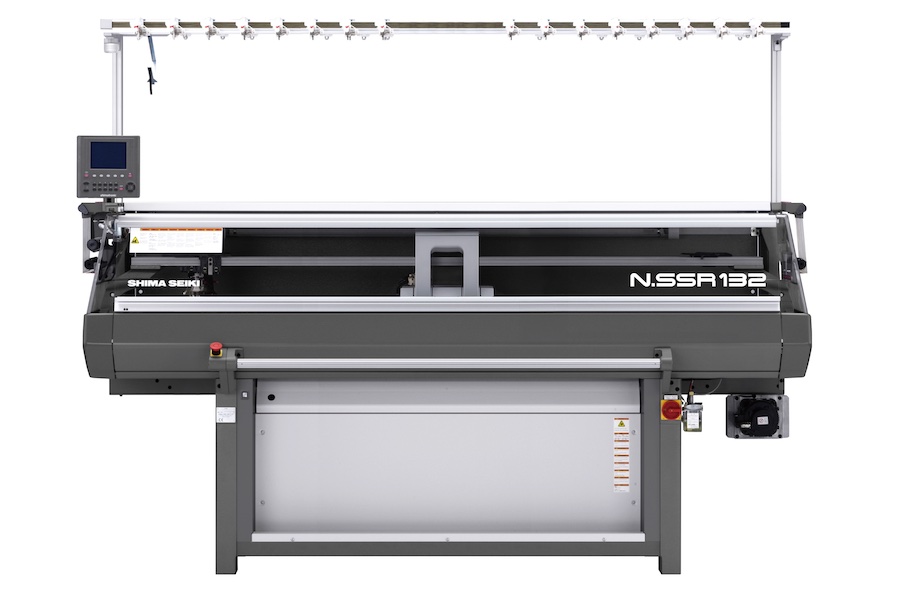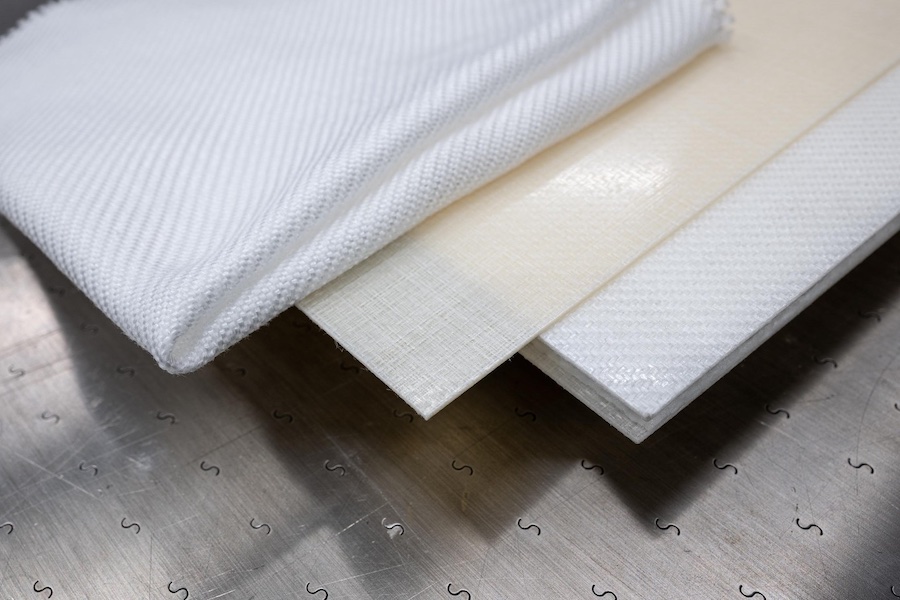#Raw Materials
Why fabric choice matters in combating microplastic pollution in the oceans and waters
Cotton fibers break down faster in land and water
The same survey notes, most consumers (66%) who are aware of microplastic pollution, know that much of this pollution is caused by washing of clothing made from synthetic fibers.
“Cotton’s versatility and durability makes it an ideal ingredient for reusable products,” says Mary Ankeny, vice president of Product Development and Implementation Operations for Cotton Incorporated. “All fabrics shed microfibers or fiber fragments through everyday wash and wear. It’s important to understand the origin of the fiber and what happens in the environment as those fibers build up or break down when developing products and shopping for clothing, sheets, towels, and personal care products.”
In 2020, Cotton Incorporated experts led research to show impacts of fabric fibers. Cotton microfibers are natural and biodegrade in tested water environments in about a month’s time compared to non-biodegradable synthetic fibers like polyester. Further research in 2021 demonstrated that cotton microfibers treated with common textile finishes, such as silicone softener, durable press finish, water repellent finish, and dye, biodegrade by more than 60% over a period of three months; a rate similar to a natural oak leaf.
“Shocking scientific research about microplastics in our drinking water and the impact plastic pollution is having on our environment is getting people’s attention,” comments Dr. Jesse Daystar, Cotton Incorporated’s vice president and chief sustainability officer. “Cotton is a plant-based and renewable ingredient. It can pull carbon dioxide from the atmosphere and nourish the soil; it can break down in water or soil. Discarded fabrics or garments can be recycled into something new. These benefits continue to position cotton as the go-to fiber for the fashion and textile industry looking to change sustainability standards.” Read more about textile recycling at https://cottontoday.cottoninc.com/our-sustainability-story/circularity/recyclability/.
Tips for minimizing microplastic pollution:
- Check the label for cotton when buying clothing and home goods like sheets and towels
- Wash clothing only when soiled instead after every wear
- Wash in cold water
- Air dry clothing or don’t overpack the dryer to minimize friction









canva-900-1.jpg)







